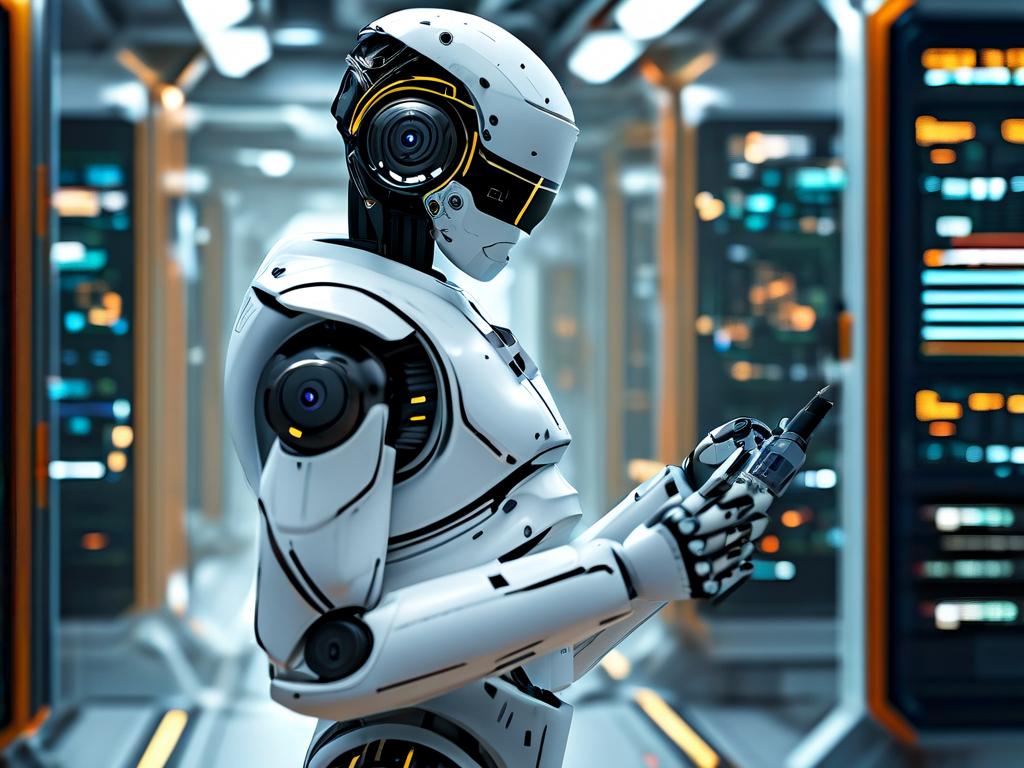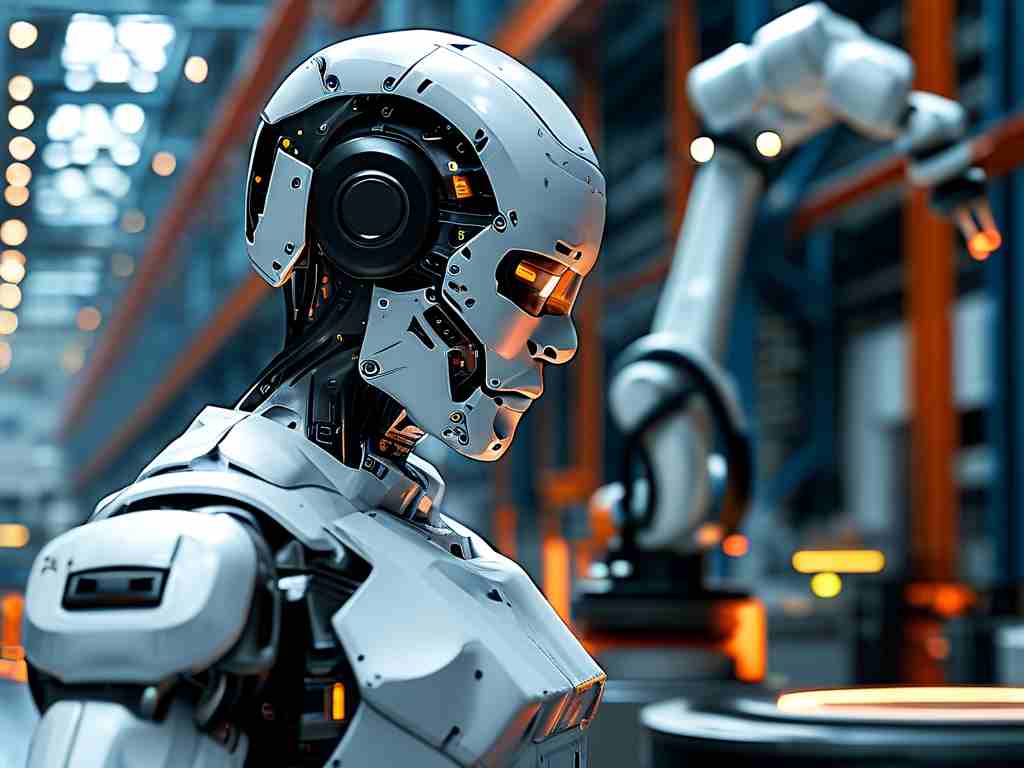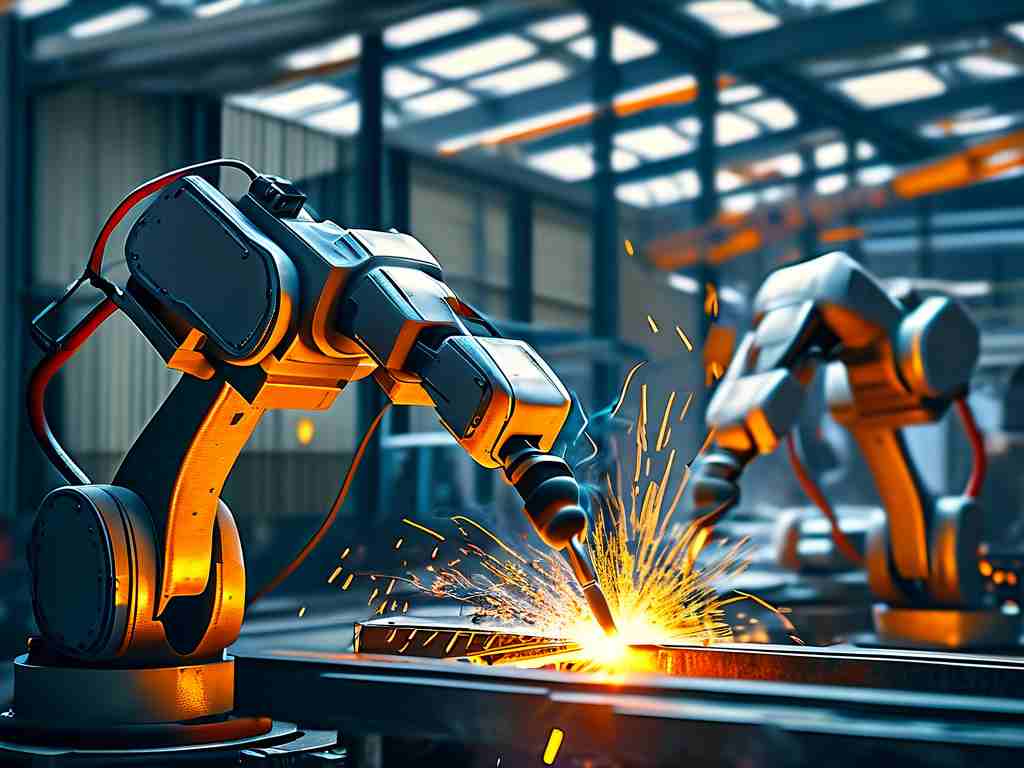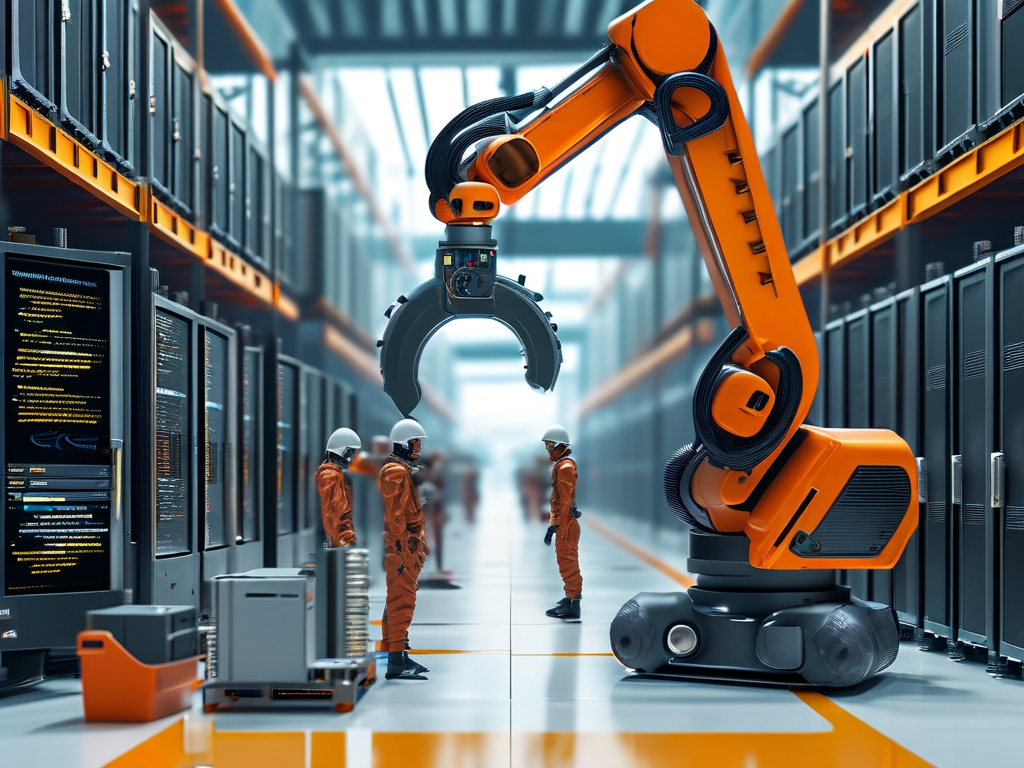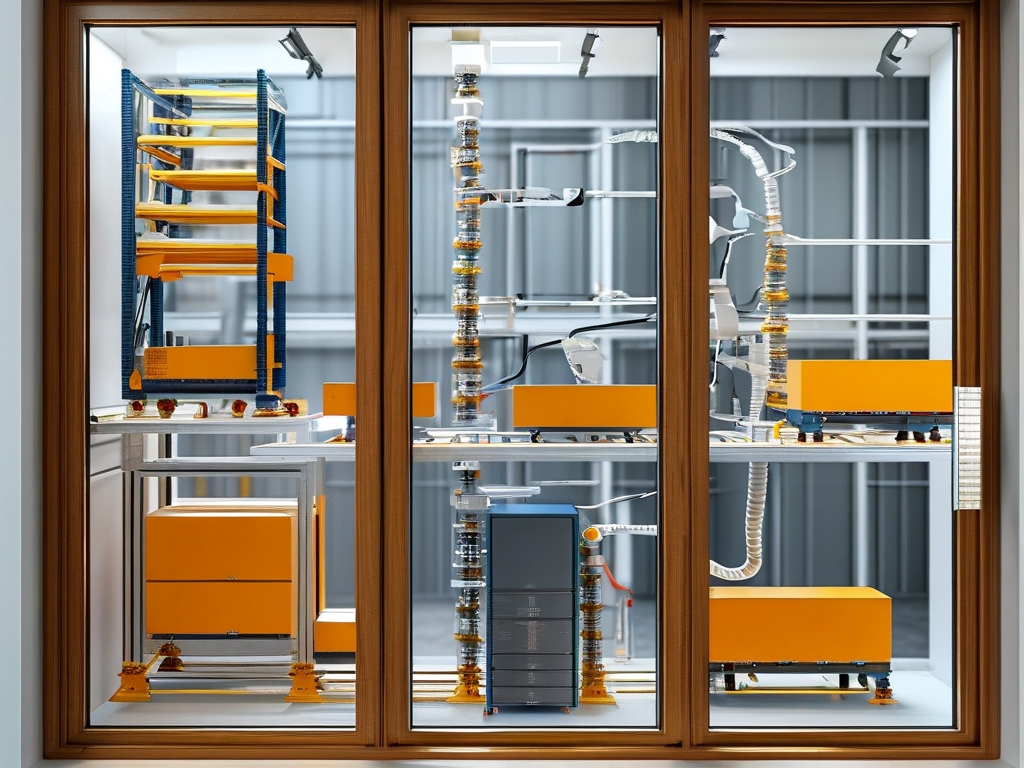The Tesla Algorithm Engineer interview is a rigorous and highly selective process designed to identify candidates who can thrive in the company's fast-paced, innovation-driven environment. For aspiring engineers, understanding the structure of the interview, the evaluation criteria, and the common reasons for success or rejection can provide critical insights into navigating this challenging career milestone.

The Interview Structure
Tesla's algorithm engineering interviews typically span multiple rounds, blending technical assessments, coding challenges, and behavioral evaluations. The process often begins with a technical phone screen, where candidates solve algorithm-based problems in real-time using platforms like CoderPad or HackerRank. These questions focus on data structures, optimization techniques, and computational complexity-key areas for developing autonomous driving systems, battery management algorithms, or factory automation tools.
Successful candidates advance to onsite or virtual onsite rounds, which include:
- Coding Sessions: Deep dives into complex algorithmic problems, often requiring dynamic programming, graph theory, or machine learning concepts.
- System Design: Scenarios where candidates architect scalable solutions for Tesla-specific challenges, such as real-time sensor data processing or energy distribution networks.
- Behavioral Interviews: Assessments of cultural fit, problem-solving approaches, and collaboration skills, often framed around Tesla's mission to accelerate sustainable energy adoption.
Key Evaluation Criteria
Tesla prioritizes three core traits in algorithm engineer candidates:
- Technical Mastery: Proficiency in Python, C++, or Rust, coupled with expertise in algorithms relevant to Tesla's projects (e.g., computer vision for Autopilot).
- Innovation Under Constraints: The ability to design efficient solutions with limited computational resources-a critical skill for embedded systems in electric vehicles.
- Mission Alignment: Passion for sustainability and a mindset aligned with Tesla's "first principles" philosophy.
Common Reasons for Rejection
Despite strong technical backgrounds, many candidates falter due to:
- Overlooking Edge Cases: Failing to account for real-world variables (e.g., sensor noise in autonomous driving algorithms).
- Poor System Design Communication: Inability to articulate trade-offs between scalability, latency, and cost.
- Misalignment with Company Culture: Overemphasis on theoretical knowledge without demonstrating practical problem-solving grit.
Success Stories and Strategies
Candidates who secure offers often share these strategies:
- Targeted Preparation: Studying Tesla's patent filings and technical blogs to align solutions with the company's current challenges.
- Simulating Real-World Scenarios: Practicing algorithm optimizations for hardware-limited environments (e.g., optimizing battery management code for low-power chips).
- Showcasing Iterative Thinking: Highlighting past projects where rapid prototyping and iteration led to measurable outcomes.
The Bigger Picture
Tesla's algorithm engineer hiring trends reflect broader shifts in the tech industry. As the company expands into robotics (Optimus) and AI-driven energy systems, demand for engineers who blend algorithmic rigor with cross-domain creativity will only grow. For candidates, the interview isn't just a gatekeeper-it's a preview of the relentless pace and high stakes of working at the forefront of technological innovation.
In , while the Tesla Algorithm Engineer interview is undeniably demanding, it serves as a microcosm of the skills and mindset required to excel in the company's groundbreaking projects. Candidates who combine technical excellence, adaptive problem-solving, and genuine passion for Tesla's mission are best positioned to turn this daunting process into a career-defining opportunity.


